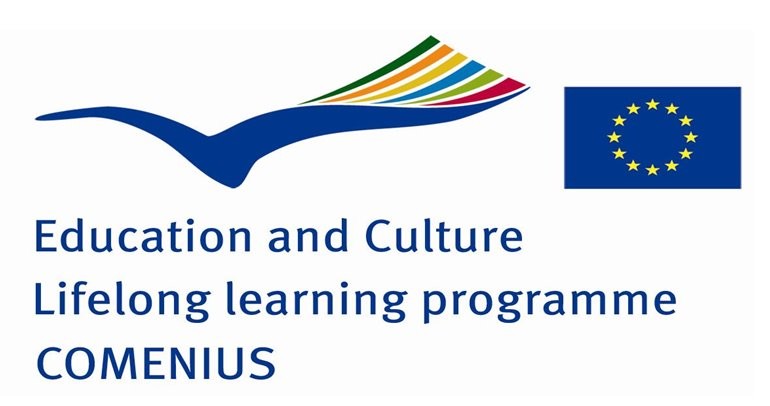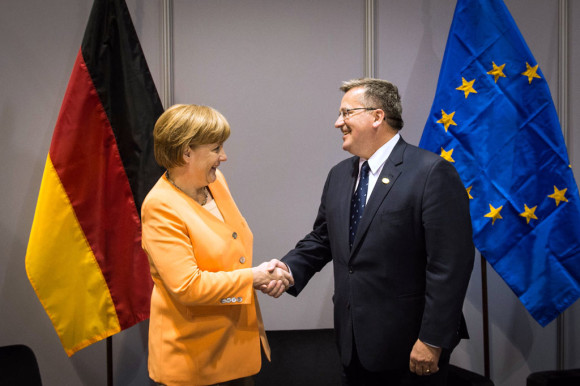
ITIS "GALILEO FERRARIS", Napoli; Zespół Szkół Gimnazjalno-Licealnych, Poznan
|
Poland The political system of Poland in the Constitution of the Republic of Poland was founded in 1997. The Republic of Poland is a parliamentary democracy. The parties are called, for example: KPP, KPEiR, LPR, NOP, Nowa Lewika, PD, PJN, PSL, PPP, PPS, PiS, PO, Racja PL, RKN, ROP, RP, Samoobrona, SDPL, SLD, SD, UPR, UP, WiP, Zieloni 2004 or PL. The importest political groups are the liberal "Civic Platform" (PO), the right-wing conservative "Movement for Rights and Justice" (PiS), the Democratic Left Alliance (SLD) and the Peasant Party (PSL).The parliament consists of two chambers, the Sejm (460 deputies) and Senate (100 senators). The Polish Sejm, one of the oldest parliaments in the world, it exists in different forms and intermittently since the 1493rd. Along with the Senate he has the legislature held. The president of Poland is called Bronisław Komorowski. He appoints the Prime Minister as Head of Government, who presides over the cabinet. In his five-year tenure, he has the final decisin on all draft laws and he can exercise a veto if it is necessary, as well as the representative of the country in the world. The Polish state is divided into 16 provinces (Wojewodztwa). One of the province is called Mazovia. The polnish capital Warsaw is located there.
Poland, official “Rzeczpospolita Polska”, in german ”Republik Polen” is a democratic country in Europe. The capital and biggest city of the country is Warsaw. Poland is relative to his area the 7th country of Europe and is at 62 of the world. The biggest group is the catholic in Poland. At first May 2004, Poland was incorporated. Poland is also the member of UNO and NATO . The neighbor states are Germany, Czech, Slovakia, Ukraine, Belarus, Lithuania and Russia. From then until 1918 there was no independent Polish state. The Poles had engaged intermittently in armed resistance until 1864. After the failure of the last uprising, the nation preserved its identity through educational uplift and the program called "organic work" to modernize the economy and society. The opportunity for freedom appeared only after World War I, when the partitioning imperial powers were defeated by war and revolution. The Second Polish Republic was established and existed from 1918 to 1939. It was destroyed by Nazi Germany and the Soviet Union by their Invasion of Poland at the beginning of World War II. Millions of Polish citizens perished in the course of the Nazi occupation. The Polish government in exile kept functioning and through the many Polish military formations on the western and eastern fronts the Poles contributed to the Allied victory. Nazi Germany's forces were compelled to retreat from Poland as the Soviet Red Army advanced, which led to the creation of the People's Republic of Poland. The country's geographic location was shifted to the west and Poland existed as a Soviet satellite state. Poland largely lost its traditional multi-ethnic character and the communist system was imposed. By the late 1980s Solidarity, a Polish reform movement, became crucial in causing a peaceful transition from a communist state to the capitalist system and parliamentary democracy. This process resulted in the creation of the modern Polish state.
Polish school system: In Poland the school system is centrally organized. The common schools are free to visit, there are also many private schools. There are four school levels:
In the technical school and the vocational school you are able to learn a job and if you visit the Lyzeum or the technical school you can take the matura and study afterwards. Poznan
|
|
|
|||||
